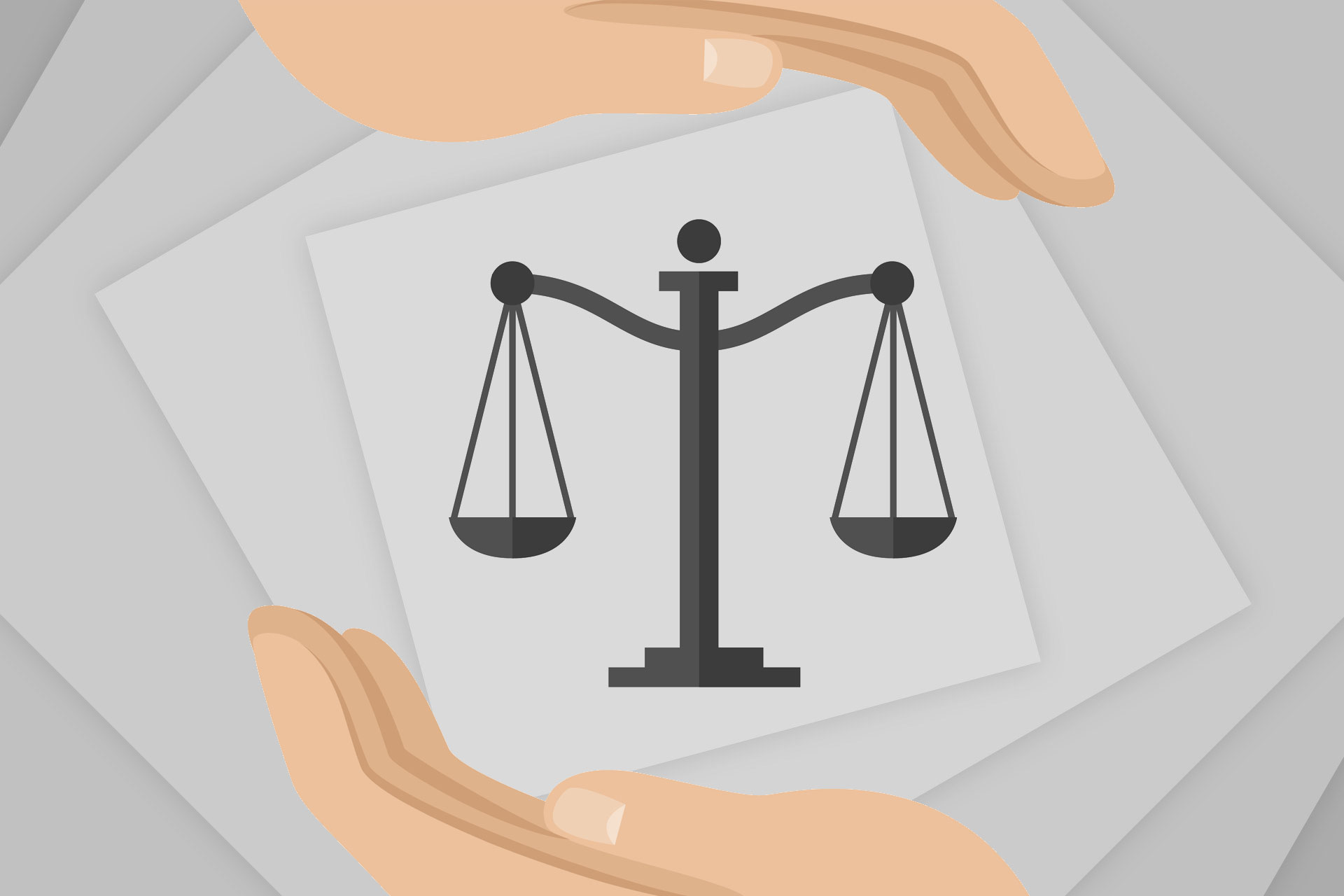MCQs—Constitution of India—(Part-10)
| 1 | The Citizenship Act, 1955 was amended in the year_____to introduce concept “Overseas Citizenship of India”—
(A) 2004 (B) 2005 (C) 2006 (D) 2007 Ans: (B) |
| 2 | The overseas citizenship of India means that India has dual citizenship for Overseas citizens—
(A) True (B) Partly true (C) False (D) Partly false Ans: (C) |
| 3 | Who described Part-III (Fundamental Rights) as the ‘most criticized part’ of the Indian Constitution as it was discussed for as many as 38 days—
(A) Dr. B R Ambedkar (B) Dr. Rajendra Prasad (C) Sachidananda Sinha (D) K M Munshi Ans: (A) |
| 4 | Mark correct statements—
(A) The fundamental rights, DPSPs and the fundamental duties actually constitute one organic whole which follows from the Preamble. (B) These trio proclaim the fundamental values and constitute the foundational principles of the Constitution (C) The preambular assurance of the dignity of the individual is sought to be implemented through various provisions of Part III and IV (D) All correct |
| 5 | Who observed that the fundamental rights weave a “pattern of guarantee” on the basic structure of human rights—
(A) Justice Bhagwati (B) Justice Gajendragadkar (C) Justice Patanjali Sastry (D) Dr. S Radhakrishnan Ans: (A) [In Maneka Gandhi Vs. Union of India (1978), Justice Bhagwati observed that the fundamental rights weave a “pattern of guarantee” on the basic structure of human rights and impose negative obligations on the State not to encroach on individual liberty in its various dimensions.] |
| 6 | Who described the fundamental rights “as a pledge to our people and a pact with the civilized world”—
(A) Dr. B R Ambedkar (B) Dr. Rajendra Prasad (C) Sachidananda Sinha (D) Dr. S Radhakrishnan Ans: (D) |
| 7 | While making distinction between the fundamental rights [FR] and non-fundamental rights [NFR] who observed that the real distinction between the two is that NFRs are created by agreement between the parties while FRs are the gift of the law—
(A) Justice Bhagwati (B) Justice Patanjali Sastry (C) Justice Gajendragadkar (D) Dr. B R Ambedkar Ans: (D) |
| 8 | Mark incorrect statements—
(A) Part III of the Indian Constitution deals with the fundamental rights (FRs) which are mainly positive obligations upon the State (B) FRs in Indian Constitution are inspired from the Magna Carta, Declaration of Men and Citizen of France and American Constitution (C) The Fundamental rights are also called “individual rights” or “negative rights” (D) All correct Ans: (A) [Though FRs are enumerated under Part III, it primarily imposes negative obligations upon the State not to encroach on individual liberty] |
| 9 | Assertion / Reason—
Assertion (A): The rights guaranteed under Part III are not absolute rights and they are subject to reasonable restrictions which are imposed to strike a meticulous balance between individual liberty and societal needs. Reason (R): It is the duty of the State to look after the interests of individuals and society both. (A) (A) is correct while (R) is incorrect (B) (A) and (R) both incorrect (C) (A) and (R) both correct but (R) is not correct explanation to (A) (D) (A) and (R) both correct and (R) is the correct explanation to (A) Ans: (D) |
| 10 | The Fundamental Rights has been guaranteed under ———broad categories?
(A) Five (B) Six (C) Seven (D) Eight Ans: (B) |
| * Prepared by https://legalmines.com. Typographical error, if any, is inadvertent. | |
